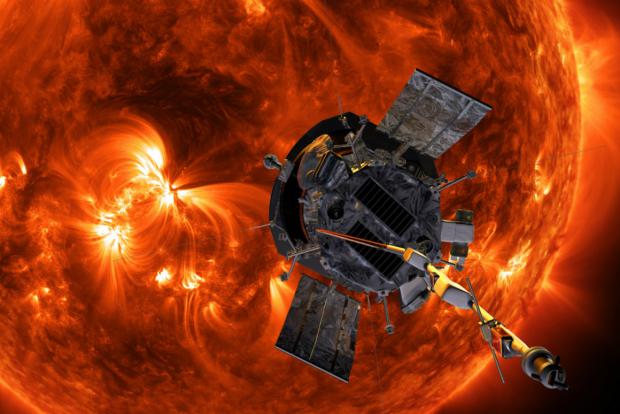
Breaking News
 This roof paint blocks 97% of sunlight and pulls water from the air
This roof paint blocks 97% of sunlight and pulls water from the air
 'Venomous' Republican split over Israel hits new low as fiery feud reaches White House
'Venomous' Republican split over Israel hits new low as fiery feud reaches White House
 Disease-ridden monkey that escaped from research facility shot dead by vigilante mom protecting...
Disease-ridden monkey that escaped from research facility shot dead by vigilante mom protecting...
 Hooters returns - founders say survival hinges on uniform change after buying chain...
Hooters returns - founders say survival hinges on uniform change after buying chain...
Top Tech News
 The 6 Best LLM Tools To Run Models Locally
The 6 Best LLM Tools To Run Models Locally
 Testing My First Sodium-Ion Solar Battery
Testing My First Sodium-Ion Solar Battery
 A man once paralyzed from the waist down now stands on his own, not with machines or wires,...
A man once paralyzed from the waist down now stands on his own, not with machines or wires,...
 Review: Thumb-sized thermal camera turns your phone into a smart tool
Review: Thumb-sized thermal camera turns your phone into a smart tool
 Army To Bring Nuclear Microreactors To Its Bases By 2028
Army To Bring Nuclear Microreactors To Its Bases By 2028
 Nissan Says It's On Track For Solid-State Batteries That Double EV Range By 2028
Nissan Says It's On Track For Solid-State Batteries That Double EV Range By 2028
 Carbon based computers that run on iron
Carbon based computers that run on iron
 Russia flies strategic cruise missile propelled by a nuclear engine
Russia flies strategic cruise missile propelled by a nuclear engine
 100% Free AC & Heat from SOLAR! Airspool Mini Split AC from Santan Solar | Unboxing & Install
100% Free AC & Heat from SOLAR! Airspool Mini Split AC from Santan Solar | Unboxing & Install
 Engineers Discovered the Spectacular Secret to Making 17x Stronger Cement
Engineers Discovered the Spectacular Secret to Making 17x Stronger Cement
Into the great unknown: The Parker Solar Probe

The inspiration for NASA's Parker Solar Probe can be traced back more than half a century. In 1958 an astrophysicist by the name of Eugene Parker published a paper detailing what he believed to be high speed matter and magnetism emanating from the Sun, and flowing outward through the solar system.
We now know these to be solar winds and that they can have a destructive effect on GPS, satellites and electrical grids. A better understanding of them could better protect these systems, and also reveal clues about what gave rise to life on our planet. Scientists have spent decades working to better understand these forces. Only now thanks to advances in thermal engineering, are they able to send a machine in for a closer look.
The Parker Solar Probe, named after the astrophysicist whose curiosity inspired it, is built to fly closer to the Sun that any spacecraft in history. It is around the size of a small car and is fitted with a 4.5-inch-thick (11.4-cm) carbon composite plate that serves as a heat shield. This sophisticated sunshade is able to, quite remarkably, keep the probe's equipment to a cool 85° F (29.5° C) by bouncing away the Sun's energy, even in environments of nearly 2,500° F (1,377° C).
Somewhat counterintuitively, these temperatures will be encountered in the Sun's outer atmosphere, known as the corona, which is around 300 times hotter than the surface. The reason the probe will be plying its trade here is because the corona is the birthplace of the most high-energy solar particles, and also happens to be where the solar winds go from subsonic to supersonic speeds.



